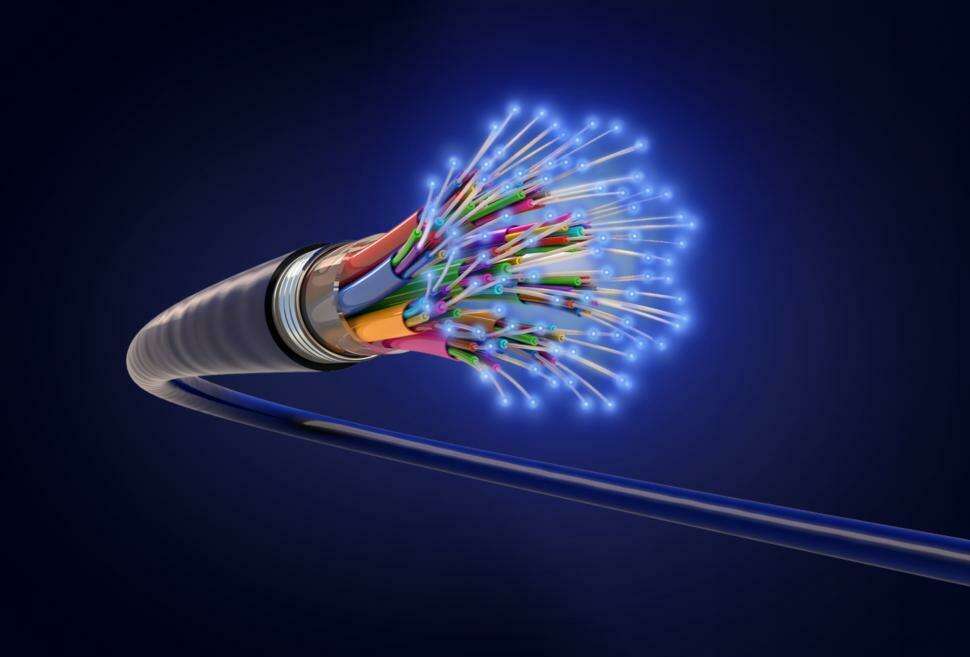The success or failure of a data centre often comes down to nothing more than the cable management plans and solutions it uses. For example, a centre with poor cable management is prone to a wide range of issues. It can result in increased downtime, increased operating costs, and reduced performance. On the flip side, a data centre that employs effective cable management is more likely to experience the opposite.
Below, we discuss the merits of practising good cable management via routing, labelling, and colour coding.
Routing
Many of the issues experienced in a cable management strategy could have been prevented at the planning stage. If the original network design is poor, it is not surprising that you experience issues down the line as the infrastructure experiences its expected growth.
At the design stage, everything from the wiring and cable type you choose and how you plan for future growth will have a major effect on your cable management strategy. Get it wrong and you can expect to cause headaches across your data centre team.
To avoid these headaches, think carefully about where you will place your pathway supports and rack locations. Furthermore, make sure that you plan for the anticipated growth of the network. Size all cable trays and ladder racks so that they can handle a minimum growth of 50%.
As ever in cable management, organisation is also paramount. So make sure you use cable ties, cable rings, and other organisational tools to ensure that your cables are bundled tightly and their pathways are clear.
Labelling
Proper cable labelling is the next step in organising a system that boosts productivity, reduces costs, and eliminates downtime. Best practices include affixing legible labels with commercial-grade label makers that allow users to import lists, colour-coding for easy identification, and following a standard like ANSI/TI-606-B for record-keeping guidelines.
It’s important to leave room for future growth and avoid overfilling racks or trays. Segregating copper trunk cables from fibre patch cords, and using waterfalls and vertical wire managers to ensure proper bend radius for optical performance are also key considerations. Accurately measuring cable lengths is critical to avoid re-running costly, time-consuming cables. Keeping documentation up-to-date avoids misconfiguration that can impact bandwidth and systems.
Colour-Coding
Colour coding is a simple but effective way to identify power cables and their purpose. Powder coating can be used to colour-code cable runs, allowing for quick visual identification when looking behind racks or cabinets. Although the print legend on the cable will tell you what grade of cable you’re working with, it can be extremely hard to locate and read.
You can use colour coding to distinguish fibre grades, label patch cords, port icons, connector boosts, and more. The best way to use colour-coding will depend on your data centre, but with some planning, you can come up with the best way to use colours to label your cables and thus keep your cable management organised.
Summary
You’ve heard the saying, a tidy desk is a tidy mind. Well, in a data centre, your desk is your cable management plan. By using the tips in this article, hopefully, you have enough to keep that desk as clean and tidy as possible and your mind free of the headaches caused if it isn’t! If you’re still struggling to find the right strategy, you’re probably better off using specialised cable management solutions from companies, including Metsec Cable management solutions.

